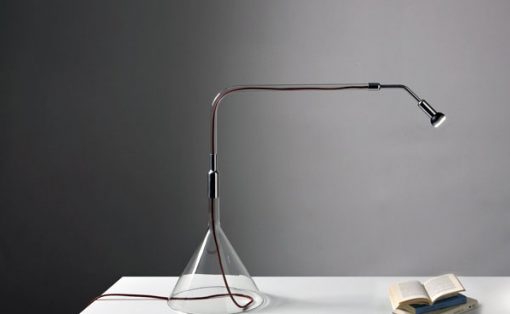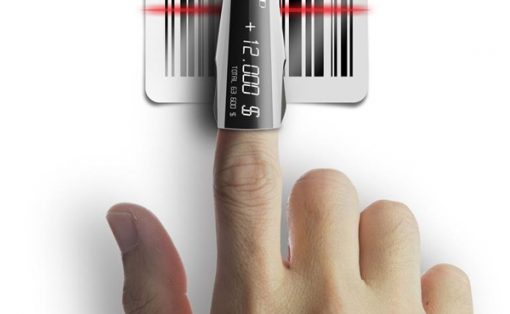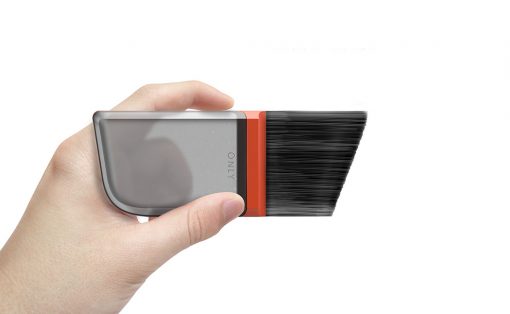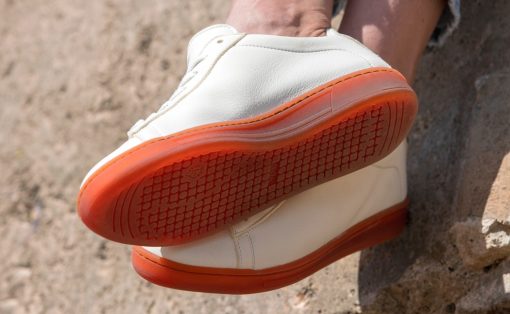
Hi, I am Kelly from Knack, where we help mobility brands make their products irresistible. I’ve come to realize that designing irresistible products feels elusive. High hopes and good intentions pour into one end of the product development pipeline and mundane products squirt out the other.
You see plenty of seductive product designs on Pinterest and here on Yanko, so you know it’s possible. But what exactly do the designers of these products do differently in order to achieve irresistibility?
If you want to elevate your products out of the sea of obscurity and into the pond of “gotta have it”, you need to do these five things:
1. Don’t Believe The Brief
Unless you were involved in writing the brief, you should never take the brief as truth. Instead, set the brief aside, ignore the scope, and first get to the heart of the problem you’ve been asked to solve.
How on earth do you do this? It’s quite simple actually. Listen. Listen and then ask why. Then, keep asking questions until you reveal the root of the problem. As designers, our first job is to investigate. As Chris Do states, “Your value is determined by the quality of questions you ask.”
Imagine going into a surgeon’s office complaining of chest pain. When you tell him that you probably have a clogged artery, he says “OK” and wheels you into the O.R. to begin operating on you.
Wait, what?! There’s no way you’d go for that.
You expect the surgeon to ask you some probing questions, run a few diagnostic tests, and consult with other doctors to either validate your self-diagnosis or discover the true cause of your pain.
Just as you are not the healthcare expert, your client isn’t the design expert. Why are you letting them diagnose their own condition and then write the prescription?

2. Cut Out The Jargon
Now imagine you roll into a tire shop with a flat. You ask them to repair the tire you already have, explaining that your budget is tight and you are in a hurry to get back to work. Instead of following your orders directly, they take a minute to look at your tire and the mechanic says, “A plug? You want a plug? It’s going to take me thirty minutes to dismount, submerge and inspect. I’ve got a low-mileage replacement. Do you want that instead?”
…Huh?
What if instead, the mechanic had explained to you that rather than repairing the tire, they can replace the flat with a used tire to get you back on the road twenty minutes sooner? While the replacement will cost $15 more, the used tire will last much longer, saving you money in the long run.
We have to educate our clients on the proper design process. We do that by first speaking their language (not ours), aligning what we are saying with their goals (why should they care?), and being available to answer their questions.
3. Just Walk Away
A hot project opportunity pops up in your inbox and you’re stoked. You jump on a call with the potential client and in response to your thoughtful questioning, the client exclaims, “Everyone is our customer!” You explain that knowing who your specific target customer is and having a deep understanding of them is the difference between a product that drives demand and one that flops.
The client cuts you off mid-sentence to tell you that they are short on time and need to start the design work right away. They don’t have time for research and just need you to execute the design vision that they have in their heads.
If you’ve genuinely listened, thoughtfully explained to your prospect the best way to solve their problem and they still insist on cutting corners, it’s your job to say “no, thanks.”
Don’t make an exception, don’t lower your standards, just walk away. Stand up for yourself, the design process, and what’s best for the client… even if they disagree. Designing good products requires saying no to bad projects.
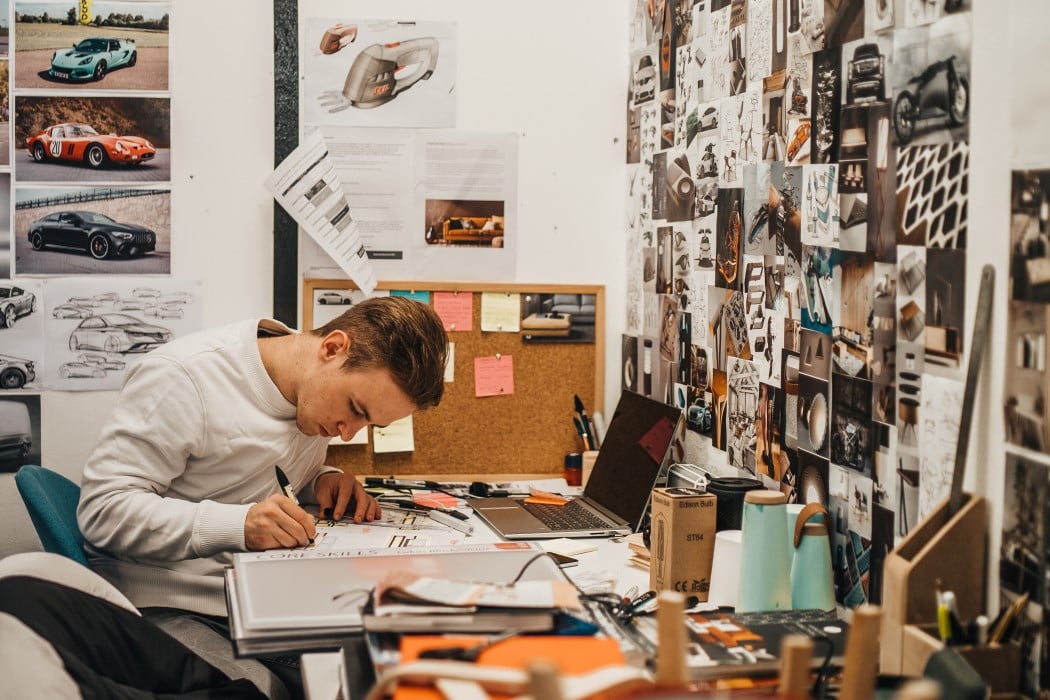
4. Stop Thinking Design Is Everything
At the end of the day, design makes up less than 10% of the entire product launch process. Instead of assuming that design trumps all, you must understand the big picture of the product launch battle your client is up against. Acting like design is the only thing that matters will actually hurt the final product.
Instead, we must strive for a more frequent and seamless collaboration between all of the product development teams. Compromise is inevitable, so if your team members can deliberately pick the compromises that are in the best interest of the overall product strategy, you’ll be on your way to irresistibility.
5. Push It
Now that you’ve recognized that you’re just one piece of a massive endeavor, you must make sure that you are delivering an unparalleled contribution. In other words, mediocre ain’t gonna cut it. Heck, excellent might not even be enough to achieve an irresistible product.
Bring the heat and do everything in your power to push the design to be the best it can be. Take a break and then find a way to improve it one step further.
Use these five tools to lay the groundwork for an irresistible product. If the proper foundation can’t be set, walk away and go find an opportunity that’ll embrace your superpowers.

ABOUT THE AUTHOR
Kelly Custer is the Founder + Design Director of Knack
Pairing her transportation design education from the College for Creative Studies in Detroit, Michigan with over 8 years of design consulting experience in consumer products, Kelly has built a strong passion for mobility. She founded Knack in 2014 and leads the studio to deliver irresistible simple mobility products.
When she’s not in the studio, she can be found on a mountain bike trail, trying to keep up with her husband on her dirt bike, or exploring the Tennessee river on their vintage stand-up jet skis.



